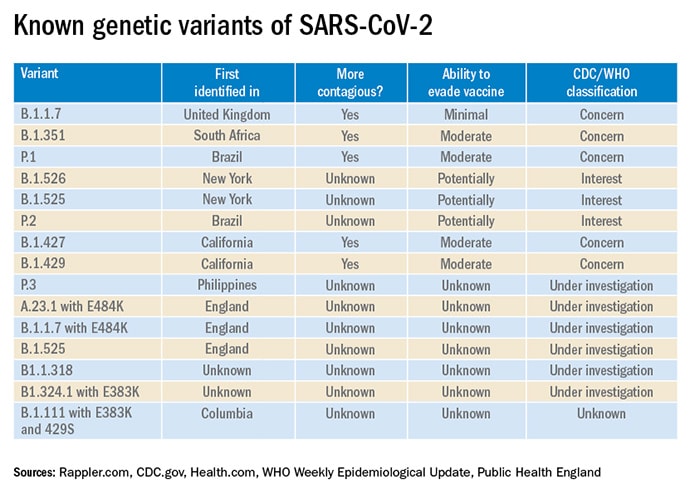The US FDA has issued guidance warning consumers against using the antiparasitic drug ivermectin to treat or prevent COVID-19.
The agency issued the guidance in light of growing interest in the drug as a COVID-19 treatment and multiple reports of patients hospitalized or needing medical support “after self-medicating with ivermectin intended for horses.”
Ivermectin, which is not an antiviral, has not been approved by the FDA for treating or preventing COVID-19, the guidance emphasized.
“Using any treatment for COVID-19 that’s not approved or authorized by the FDA, unless part of a clinical trial, can cause serious harm,” the FDA says.
Ivermectin tablets are FDA-approved to treat two conditions caused by parasitic worms: intestinal strongyloidiasis and onchocerciasis (river blindness). Some topical applications of ivermectin are approved to treat head lice and skin conditions such as rosacea.
Some forms of ivermectin are used to prevent heartworm disease in animals, as well as certain internal and external parasites.
The FDA says, “It’s important to note that these products are different from the ones for people, and safe when used as prescribed for animals, only.”
The guidance points out that the concentrations of ivermectin for cows and horses can be highly toxic to humans.
“If you have a prescription for ivermectin for an FDA-approved use, get it from a legitimate source and take it exactly as prescribed,” the guidance says. “Taking large doses of this drug is dangerous and can cause serious harm.”
Adverse Effects
Interactions with other drugs, such as blood thinners, are also potentially dangerous even at the levels specified in approved uses, the FDA says.
“You can also overdose on ivermectin,” the FDA warns, adding that ivermectin can cause nausea, vomiting, diarrhea, hypotension, allergic reactions, dizziness, ataxia, seizures, coma, and even death.
The FDA has not reviewed data to support use of ivermectin to treat or prevent COVID-19, but research is beginning.
An article published on Thursday in JAMA found that ivermectin, tested in a randomized trial of 476 patients, did not significantly shorten duration of symptoms for adults with mild COVID-19 who received a 5-day course of ivermectin compared with placebo (median time to resolution of symptoms, 10 vs 12 days; hazard ratio for resolution of symptoms, 1.07).
As for adverse effects, the most commonly reported in the JAMA study was headache, reported by 104 patients (52%) in the ivermectin group and 111 (56%) in the placebo group. The most common serious adverse event was multiorgan failure, which occurred in four patients (two in each group).
“The findings do not support the use of ivermectin for treatment of mild COVID-19, although larger trials may be needed to understand the effects of ivermectin on other clinically relevant outcomes,” the authors write.
Excitement about the drug has grown after some smaller studies have shown positive results for the drug related to COVID-19.
However, the National Institutes of Health (NIH) says, “[M]ost of these studies had incomplete information and significant methodological limitations.”
The NIH’s COVID-19 Treatment Guidelines, in guidance last updated February 11, said there is insufficient evidence to recommend either for or against the use of ivermectin for the treatment of COVID-19.
That recommendation was upgraded from guidance in August that recommend against ivermectin’s use in treating or preventing COVID-19, as Medscape Medical News has reported.
“Results from adequately powered, well-designed, and well-conducted clinical trials are needed to provide more specific, evidence-based guidance on the role of ivermectin in the treatment of COVID-19,” the NIH panel writes.
Source: FDA
